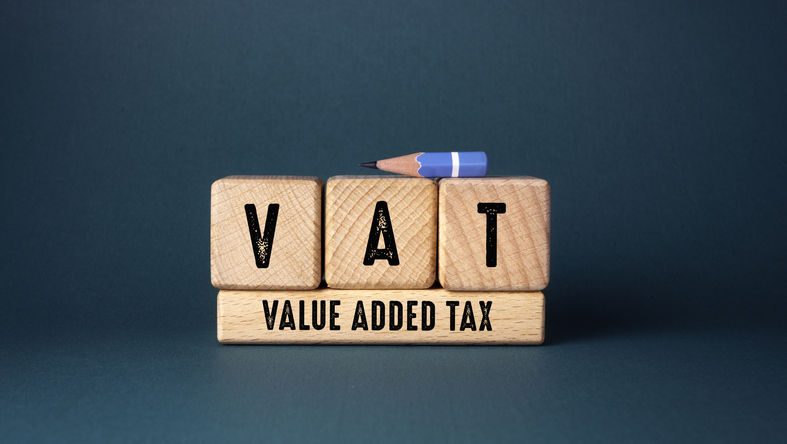It is easy to forget that even if you are a director of your business, you are considered an employee as well. Directors, just as the staff they employ, could be subject to any of the taxes mentioned in this article.
However, as a director it is often possible to structure your income from the business so that you don’t pay PAYE or National Insurance contributions (NIC) on salary and instead pay tax on dividends, which starts at a more favourable tax rate of 7.5 per cent compared to 20 per cent for salary.
For the people you employ you would need to be aware of the following taxes that will potentially apply.
National Insurance
The main tax that you need to be aware of when employing someone is National Insurance. Businesses are required to pay Class 1 employer’s NIC on any employee’s earnings over £737 a month. Employer’s NIC is charged at a rate of 13.8 per cent. If the staff member is under 21, the business pays no Class 1 NIC on earnings below £4,189 a month and 13.8 per cent above this threshold.
National Insurance is extended to Class 1A and Class 1B. Class 1A becomes payable if you reward staff with benefits such as private medical insurance. Class 1B is payable when as an employer you have an agreement with HMRC to provide certain benefits to employees without the employee being liable to tax on the benefit. Class 1A and Class 1B are charged at 13.8 per cent.
It is possible to provide staff with tax free benefits such as the provision of a mobile phone.
Employment Allowance
A business is entitled to claim the employment allowance and reduce their Class 1 National Insurance bill by up to £ 4,000 a year. Conditions apply such as employing staff aside from directors.
The employment allowance cannot be used against Class 1A or 1B NIC.
PAYE and Employee National Insurance
PAYE, or income tax, is paid monthly by an employee through their salary. An individual is entitled to a personal allowance, currently £12,570, if the individual earns more than £100,000 this will be reduced. Income tax would be deducted at 20 per cent on earnings over £12,570 and up £37,700, at which point the employee would then have income tax deducted at 40 per cent. For any earnings more than £150,000, tax of 45 per cent would be deducted. Income tax rates in Scotland differ. Under PAYE these values would usually be split evenly across each month.
Employee’s National Insurance is paid at 0 per cent on earnings up to £796 a month. On monthly earnings between £797 and £4,189, National Insurance is due at the rate of 12 per cent. If an employee earns more than £4,189 a month then any earnings over this amount are subject to a reduced rate of just 2 per cent National Insurance.
Employees that have reached state pension age are not liable to Class 1 NIC.
Although PAYE and National Insurance is deducted from the employee’s earnings, the employer is responsible for deducting the correct amount and paying it to HMRC. The PAYE and National Insurance are due to HMRC on the 22nd of the month after you pay a member of staff. For example, if you pay staff on the May 28, you are required to pay PAYE & NIC over to HMRC by the June 22. HMRC may impose penalties on the business if this is not done correctly.
Other considerations
It is also worth keeping in mind other responsibilities you may have when employing staff such as pension auto enrolment – an employee must be auto enrolled if they are aged 22 or over and earning at least £10,000 per annum. The minimum you need to contribute as an employer is 3 per cent and the employee will need to have 5 per cent deducted from their salary. A staff member can opt out of the pension.
If you are considering employing a family member it is always worth checking you are paying them a salary at market value for the role and hours they’re performing within the business. If they’re being paid in excess of market rate, you could end up still being taxed on the income yourself.
Emma Twynholm is a tax manager in the tax department at Hillier Hopkins.








